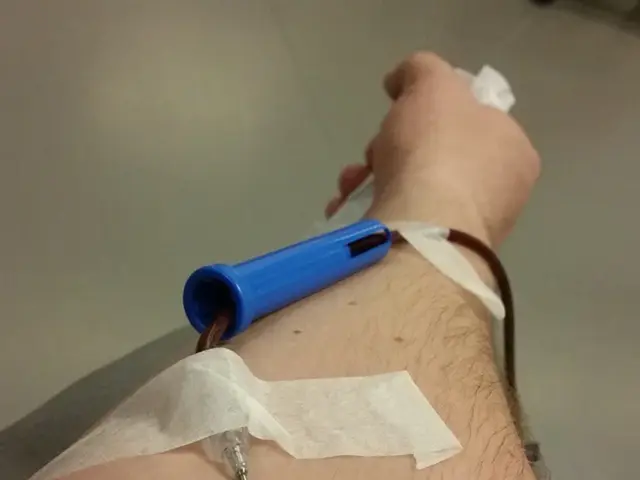Establishing a Rare Disease Registry Begins with RaDaR
In a significant stride towards understanding and managing rare diseases, the National Organization for Rare Disorders Research (ORDR) launched RaDaR, the Rare Diseases Registry Program, in 2019. This initiative was born from the Global Rare Diseases Patient Data Repository (GRDR) program.
RaDaR has evolved to become an invaluable educational resource hub for developing patient registries. It provides answers to common questions at a single, easily-digestible web location. The platform features a comprehensive glossary, defining terms such as "adeno-associated virus," "biomarker," and "factorial assignment" for those who may be unfamiliar with them.
Across Europe, Orphanet has counted a total of 812 regional, national, European, and international registries. In the USA, the number of registries is at least that high, or even higher, according to Eric Sid, MD, the program officer for ORDR. Organizations such as the National Organization for Rare Disorders (NORD), the Rare Diseases Clinical Research Network (RDCRN), and various NIH-supported registries have established patient registries to facilitate research on rare diseases in recent years.
The importance of transparency and trust-building cannot be overstated when developing a registry. RaDaR emphasizes these principles, ensuring that the data is used responsibly and that the community it serves feels secure and informed.
A registry can significantly improve the efficiency of enrolling patients in a clinical trial and charting their progress with experimental treatments. It can also connect patients with the same rare condition from across the world, helping researchers understand the natural history of a rare disease.
RaDaR's online portal was initially not user-friendly, making it difficult for patient or advocacy group leaders to find information about therapy development. However, the design approach was transferred to RaDaR, making the process more efficient for patients and advocates. The portal was redesigned, offering educational materials with a listing of available tools.
RaDaR is updated frequently with new resources and educational information. It serves as a living website, according to the NIH description. The RaDaR website is designed with ease-of-use in mind and provides resources for setting up and managing a registry.
Eric Sid, MD, is not only the program officer for ORDR but also the program lead for RaDaR and the National Center for Advancing Translational Sciences (NCATS) Toolkit for Patient-Focused Therapy Development. His leadership has been instrumental in the success of these initiatives.
In summary, RaDaR is a transformative tool for the rare disease community. It offers a comprehensive, user-friendly platform for developing and managing patient registries, connecting patients worldwide, and facilitating research into rare diseases.
Read also:
- The Distinction Between Sexual Identity and Gender Identity
- Symptoms, Prevention Strategies, and Management Methods for Measles
- Climate Change Impact Mitigation in Health: Reducing the Disparity of the Health Sector's Exposure to Climate Change Challenges
- Increased measles cases Approaching 1,500 in the United States, with a new case detected in the Chicago metropolitan area.




